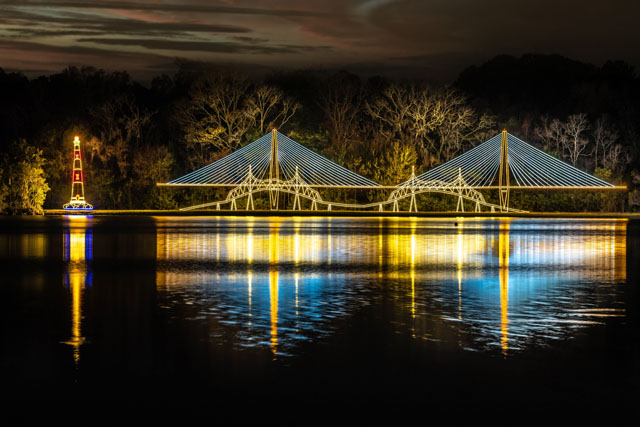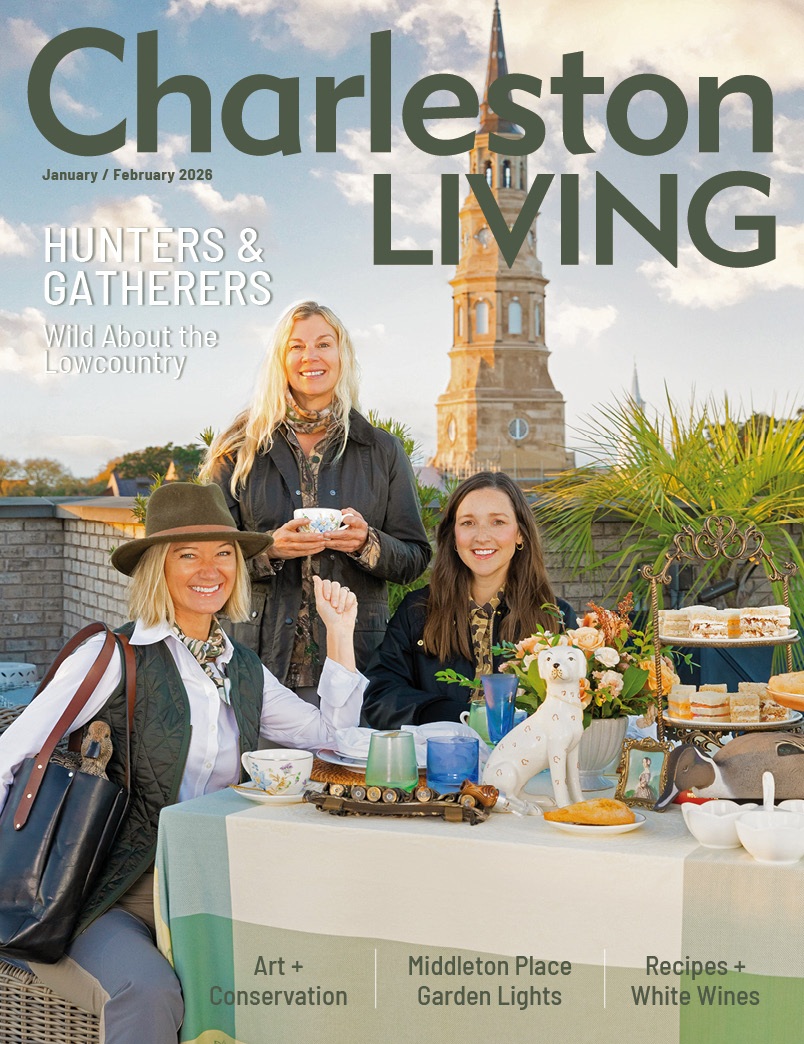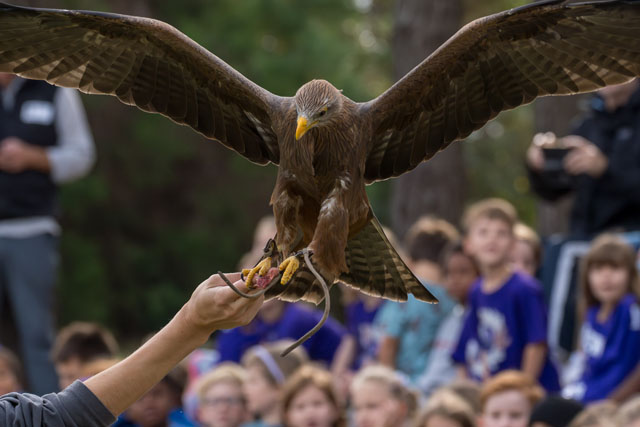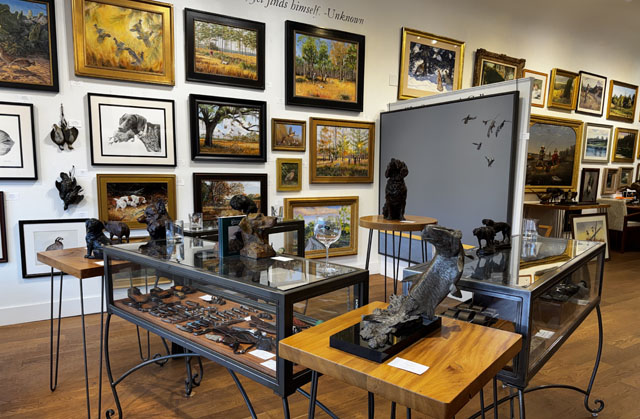A Season for Sustainability
02 Nov 2024
The far-reaching benefits of choosing a real Christmas tree
By Madison Bailey & Jenny Peterson, Photos by Anna Clawson

It’s that time of year again! As early as the day after Thanksgiving, people everywhere begin preparing for Christmas. One of the most popular traditions is setting up a Christmas tree, and the industry is massive, bringing in over $1 billion, with over 26 percent of all Christmas trees in the U.S. sourced from North Carolina. Every year, this raises the age-old question: should you go for a real or artificial tree?
When it comes down to it, the decision between a real or fake Christmas tree hinges on your priorities like cost-effectiveness or environmental impact. While a synthetic tree is technically a one-time investment, its production and shipping contribute to carbon emissions. On the other hand, real trees absorb carbon dioxide and release oxygen, making them an eco-friendlier option. Real trees can also be recycled and repurposed, often turned into mulch through local programs that are widely available and for free to residents.
Comparing the Carbon Footprint
Besides the fact that a real tree is the nostalgic and aesthetically-pleasing choice, it may come as a surprise that it’s also the more environmentally friendly one. Although an artificial tree can save you $70+ a year, they’re typically made and shipped from overseas made from petroleum-based plastics and metal, making them non-recyclable and will never break down in a landfill.
Real Christmas trees on the other hand, are a renewable, recyclable resource. Small-scale Christmas tree farms are often sustainable, with sections harvested annually while others are preserved for new growth.
Growing an average-sized tree takes about 7 years, during which they absorb carbon and use 10 times fewer resources than artificial trees. For every tree cut down, 1 to 3 new seedling trees are planted, according to the Association of Christmas Tree Growers. By choosing a real tree, you're also supporting local communities and tree farmers and providing local jobs.
Anna Clawson, who co-owns Clawson’s Tree Farm out of Boone, NC with her husband, Garrett, said they bring between 3,000-3,500 Christmas trees down from their 166-acre farm to a retail space in Goose Creek for local pickup. They’ve brought trees down to the Lowcountry at 506 St James Ave., Goose Creek, for the past ten years, starting out selling just 250 trees and increasing each year.
Despite Hurricane Helene devastating Western North Carolina in September, Clawson said the Frasier Fir Christmas trees on their property remained intact. “Luckily, most tree farmers have trees growing on sides of hills and were untouched,” Clawson said. Clawson said Christmas tree farms help stabilize the soil, provide habitat for deer and rabbits and maintain an ecosystem on the hillsides. The trees they bring down to the Lowcountry range from tabletop trees to upwards of 14 feet tall.
“Some of the trees we have brought down still even have old little bird's nests in them,” Clawson said. “People love to see that because it goes to show that these trees are growing in the natural environment.”
At Boone Hall Plantation, a Christmas Tree Festival will be held on Nov. 23 and 24, with freshly-cut trees from a farm near Independence, Virginia. Each tree is cut just a day or two before it arrives in the Lowcountry.
“We’re a farm, so we like to offer natural stuff from farms; anytime we do events, we like to feature items that are grown on a farm—even if it’s not from our farm,” said Rick Benthall, director of marketing at Boone Hall Plantation. “One of the other reasons people love these trees is the fresh Christmas tree smell that fills their house when they find their perfect tree.”
Christmas Tree Recycling
Unlike artificial trees, real Christmas trees can be recycled in a number of ways when the season is over. You can compost your tree in a backyard compost system and reap the benefits of fresh soil in the spring; or if you have a woodchipper, you can chip the tree for free mulch. The City of Charleston has a robust Tree Recycling Program, where trees are picked up curbside to be composted after the holidays.
In the past, The South Carolina Department of Natural Resources (SCDNR) has encouraged residents to bring discarded Christmas trees to various sites to be placed in a freshwater body of water to act as a natural reef. However, the Freshwater Fisheries Section has moved away from using Christmas trees as fish habitat in lieu of more long-term specially-constructed composite structures for the reefs.
“(These structures) will last for decades, and not have to be replenished from year to year,” said Greg Lucas, SCDNR Conservation Education and director of public information/public information officer with SCDNR. He says there are still many uses for recycled trees.
“Our small game biologists still encourage folks to use discarded Christmas trees as small-game habitat for animals such as rabbits,” Lucas said.












